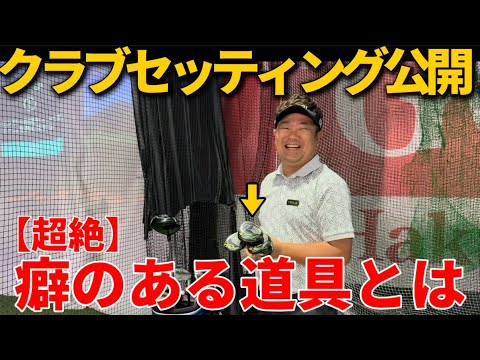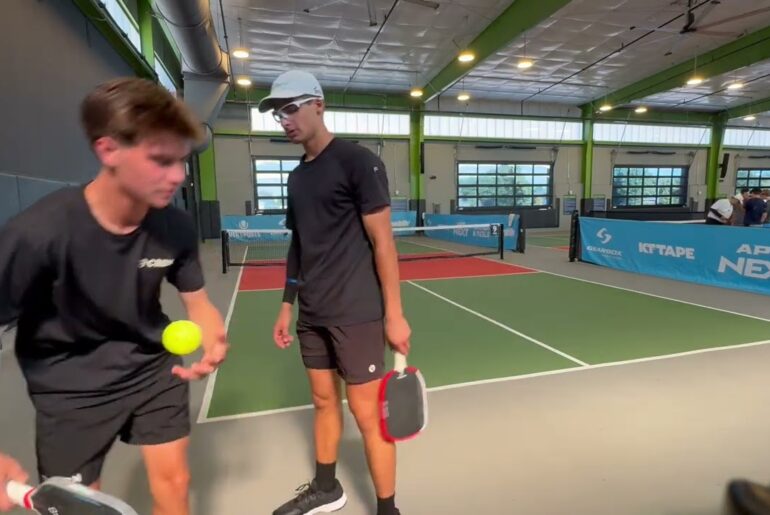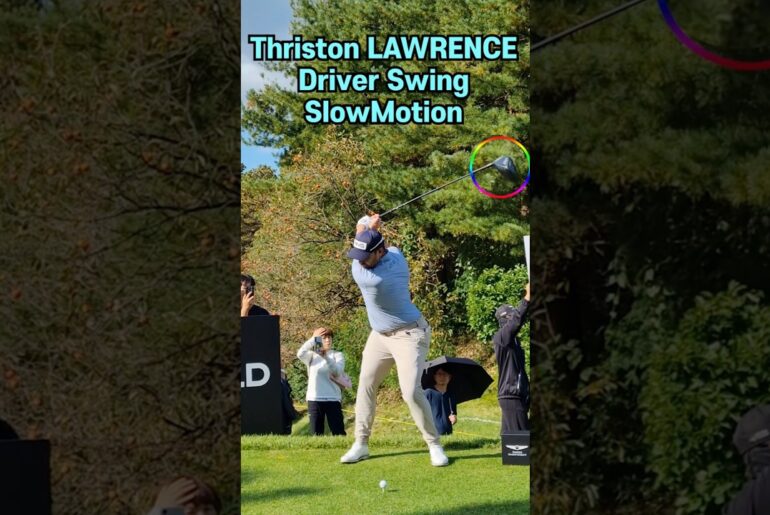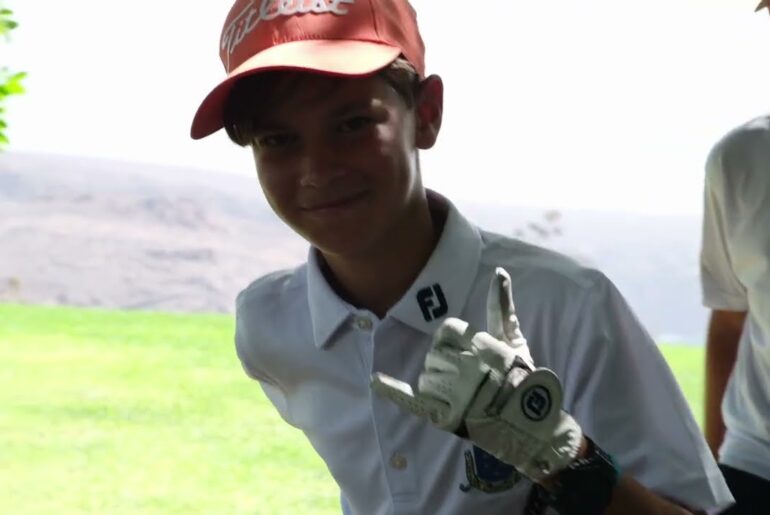Padraig Harrington explains how practicing with a Happy Gilmore swing can drastically improve your lower body in the golf swing and how whacking an impact bag teaches you how to transfer the maximum amount of energy into the golf ball.
We’re back with Patrick Happy Gilmore Harrington. Uh, that’s impressive. Why do you do that? It’s a natural move. It’s what a kid would do and it’s actually how my own kids play a little bit of golf. It’s how I keep them interested. I get them doing happy gilmores. It’s really good for their golf swing. They make a much better, more dynamic, physical, good golf swing doing a happy gilmore than they do when they have to plant their feet. Moving is very natural for people. So when you you move it’s quite easy. You stop you stop thinking about your arms. You plant and you hit it. Now for my younger fell, he’s eight. I actually get him doing it with an impact bag. So I actually get a shaft cuz again there’s no weight in the shaft. He keeps it so much easier for him to swing a shaft than a than a weighted club. With a big bag, he’s not afraid of missing the ball. So all that interpretation of the ball running along the ground, that’s all gone. He gets the shaft and he just goes just whacks it. Actual fact, he’ll just keep whacking it. He will. But all those motions, every one of those swings I just made there is perfect golf swing. Even Even just whacking it down, whacking it back, all those motions are good for the golf swing because all we’re doing is swinging a stick. And for a young kid, we’re just trying to build up being able to get his arms to fire fast with his body working. And what more natural than hitting a bag. And what’s more enjoyable? I’m enjoying it. I’m having great fun actually. You know, one thing if I might, uh, in the break, you showed me how you would actually use the impact bag and you used it club head down. If you could just show us how you might use the impact bag with half more. I thought this was really interesting. And then we’re going to get some I do it as an exercise. I actually use it as a speed exercise. So, as I’m building up speed and trying to create speed, I’ll spend some time I think what’s so interesting there is that you swing through. Traditionally, people would stop at the impact bag. Far from it in your case. I think that was years ago. It was Henry Cotton hit a tire and and you know that was found if you hit it too hard, you’re going to hurt your wrist. So, I’m not telling you to fill that impact bag. I’m telling you to keep a very light impact bag. Even get a magazine and stand it up. Something that’s not going to hurt your wrist, but it’s big enough and it gives a bang when you hit it because again, that bang is what the kids love. They love that. And you like it. Let’s see you hit one now. Okay. I think the bag’s safe there. You’re not going to hit. I think I’m okay with that. And then you said you were going to delve in a little deeper with some technical aspects. I know that’s a beautiful golf shot. I know one thing you’ve been working on. We chatted and that’s actually with your practice swing to get the club head closer to your feet to have the hands lower. So, can you tell me a little bit about that? I don’t know if they want to know about that. I think I I think for most amateurs, we got to keep it simple. So for me, if I’m looking at most amateurs, again, I’m thinking to myself, look, once we have the right grip, and I don’t mind a strong left hand grip with the right hand on, we’ve got to concentrate on making that club hinge in the back swing. Now, the best way to get a hinge is actually to have a bit of rhythm in the back swing. So, look, that club is going, it’s hard to get it to hinge if you take it back statically. Let it go back. Now, what you will see with pros on the golf course, whenever they take a practice and you watch the pros the next time, they only ever swing about that far, that’s when you’re in a cold position in terms of this, you’re not actually physically going to hit the golf ball. That’s as far as you can get. Whereas, you see a lot of amateurs when they make their practicing, they’re trying to get the club up there. And once they lift this right hand side, they’re losing all their power and all their accuracy. So, I recommend for amateurs especially, do a lot of practice swings and a lot of practice shots with a half back swing and a big follow through. So, a half back swing will make you your wrists, will make the wrist go up. Half back. Well, JB Holmes is a strong hitter. I’m sure you’ve played with him and he doesn’t make a massive back swing, does he? No. But you you even the guys who get up there, like even John Daly, John Daly has this big long swing, but this here never lifts in his golf swing. So when he swings back, yes, he can get his arms all the way up here and hinge down here, but he doesn’t do it by lifting. So when you see the problem only occurs when the amateur gets to here and he says, “Oh, I want to make a big swing.” He’s not supple enough to make that big swing and he look he lifts. This is a power leak here. We always want to keep that hip, keep that angle in that hip. And that means when you’re swinging cold in your garage or in your house, when you’re swinging without a golf club, always keep short and a big follow through. Short and big and plenty of swish as you said earlier. Let’s see you hit one more here, Patrick. Okay. [Music]







